Emergency Evacuation Systems & Training
It is a legal requirement that all workplaces have an emergency plan.
No one can predict when an emergency is going to occur. Emergency situations may arise due to a fire, explosion, chemical spill, medical emergency, natural disaster, bomb threat or violence. Your plans will help employees, visitors or any other stakeholders present on site, in any type of emergency.
Evacuation Diagrams
Evacuation Diagrams provide occupants with a succinct egress route plan and access to critical emergency information, allowing for safe and efficient evacuation in the event of a fire.
Fire Matrix prides itself on delivering a professional, compliant and unobtrusive diagram, that won't detract from your buildings aesthetic. We work with you to find the correct design and most suitable locations to ensure the Diagrams meet all of your needs.
Plans
An emergency plan is a written set of instructions that outline what workers and others at the workplace should do in an emergency.
Emergency plans should be easy to understand and tailored to the specific workplace where they apply. In preparing an emergency plan consider:
the nature of the work being carried out at the workplace
the nature of the hazards at the workplace
the size and location of the workplace
the number, and composition, of the workers and other persons at the workplace.
An emergency plan must include:
emergency procedures
frequent testing of emergency procedures
information, training, and instruction to relevant workers to implement the emergency procedures.
Also consider:
workers who travel to work, work alone or at remote locations (including procedures for managing off-site emergency situations)
workplaces with confined spaces or that use fall arrest systems
neighbouring businesses (such as hazardous chemical spills or bushfires)
people sleeping on site (such as hotels)
large numbers of people at the site at the same time (such as stadiums)
high risk chemical processes and major hazard facilities
significant cash handling, particularly outside normal business hours.
Procedures
The emergency procedures must include:
an effective response to an emergency
evacuation procedures
notifying emergency service organisations at the earliest opportunity
medical treatment and assistance, and
effective communication between the person authorised by the business or employer to coordinate the emergency response and all persons at the workplace.
Trainning
Workers must be adequately trained in emergency procedures. Arrangements for information, training and instruction of workers should be set out in the emergency plan itself.
Training may include:
practising evacuations
identifying assembly points
location of emergency equipment
first aid arrangements, and
how to safely shut down machinery and equipment.
Consider the following when implementing emergency training:
emergency procedure training during induction courses for new workers
refresher training for existing workers
including all workers, including shift-workers, part-time and casual workers
including short-term contractors or visitors at the workplace
specific training for people who have a formal role in an emergency, such as fire wardens, area wardens or first aiders.
Making plans available
Emergency plans, or a summary of key elements of the emergency plan should be readily accessible to workers or on display at the workplace.
Make sure workers know where the plans are located and how to implement them.
Use this medical emergency plan poster to help emergency services access an injured worker quickly and easily.
Reviewing plans
Review and revise your emergency plan regularly to ensure it remains current and effective.
Other circumstances when emergency plans need reviewing and updating may include:
changes to the workplace, such as re-location or refurbishments
changes to the number and composition of workers, including increased use of temporary contractors
where new activities have been introduced to the workplace
after the plan has been tested following an actual emergency to identify failings and improvements.


